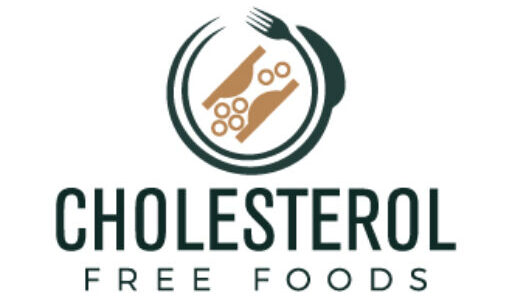Cholesterol And Triglycerides
Cholesterol and triglycerides have become a major health problem, mainly in people over 50 years old, but recently they have also started to appear in younger people.
Beauty and health have to be encapsulated from the inside out. What you need to know to avoid these diseases when it comes to body fat, is that it’s not just about the roundness in your clothes and the reflection in the mirror. It’s a condition within the body that can jeopardize your health and even lead to death.
Definition
Lipids are fats taken from the diet and the liver and are important to the body, although triglycerides (TG) and cholesterol are the most important.
Triglycerides function as energy reserves and are stored in fat and muscle cells. Cholesterol is part of cell membranes, bile, hormones, and the body’s defense and communication molecules. Because it is insoluble in body fluids, it can circulate around the body by binding to special structures called lipoproteins. Definition:
- Low-density lipoproteins (LDL) or “bad cholesterol”: They transport lipids from food and the liver to cells, and in excess, they can build up in the walls of blood vessels, clogging them and causing heart attacks and leaks.
- High-density lipoproteins (HDL) or “good cholesterol”: “collect excess cholesterol from cells and blood vessel walls and return it to the liver for recycling.
They occur when the levels of some of these fats or lipids are out of balance.
These abnormalities can be caused by
- Fat blocking blood vessels (called atherosclerosis).
- Heart disease, such as angina (chest pain) or heart attack. o
- Stroke: the formation of blood clots or fatty masses that rupture and block arteries, causing a stroke, which can lead to hemiplegia or paralysis of certain parts of the body.
- Family history of dyslipidemia
- Lack of physical activity
- Advanced age
- Diabetes mellitus
- Malnutrition
- Obesity
- Smoking and alcohol habits
- High blood pressure
Remember what the normal level of these lipids
- Cholesterol: less than 200 mg/dL.
- Triglycerides: less than 150 mg/dL.
- LDL: less than 100 mg/dL.
- HDL: 0-60 mg/dL
Recommendations For Prevention And Treatment
- Medication: After performing tests, the doctor will provide medications such as atorvastatin or lovastatin-gliclazide cholestyramine.
- Aerobic exercise: should be done for at least 20 minutes without rest. You need to exercise large muscle groups such as legs, chest, back, and buttocks, because these muscles burn a lot of energy and are the main fuel for fat reserves, in the form of triglycerides. It is recommended that you do this for 30 minutes a day, preferably 45 minutes to an hour a day. The key to these therapeutic physical activities is systematization and continuity.
- Here, the intake of highly processed flours such as fats and sweets is moderate. In consultation with your doctor, you can add the intake of natural supplements such as garlic, omega 3, and soy.
Foods We Can Consume
- Grains, pasta, and brown rice.
- All types of fruits: especially acidic fruits, 3-4 times a day.
- Fresh vegetables and legumes, 3-4 times a day.
- Eggs, milk, and dairy products: 2 to 3 times a week (skim milk, light yogurt or nonfat yogurt).
- Meat: in order: white fish and fresh seafood, skinless poultry and turkey, lean meat, once or twice a week.
- Fats and oils. Olive oil.
- Nuts and almonds twice a week.
- Tea, coffee, mineral water.
- All low sugar and low salt.
Foods to avoid.
Packed potatoes, fried plantains, coconut, whole milk, fatty cheeses, fried fish and meat, sausages, meatloaf and offal (liver, kidney), lamb, pork, ham, coconut oil, bacon, butter, sweet cream cakes, whole milk, eggs, butter and general flour and refined dough. Includes.
Recipes
Smoothies to reduce blood fat
Ingredients
- 3 slices of pineapple
- half a cup of lemon juice
- 2 stalks of celery
- ½ green apple
- ½ cup of water
Preparation.
Place in a blender until all ingredients are blended and take every morning.








